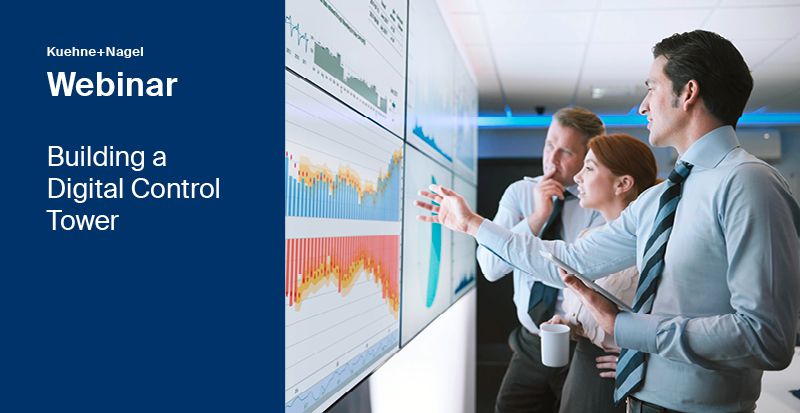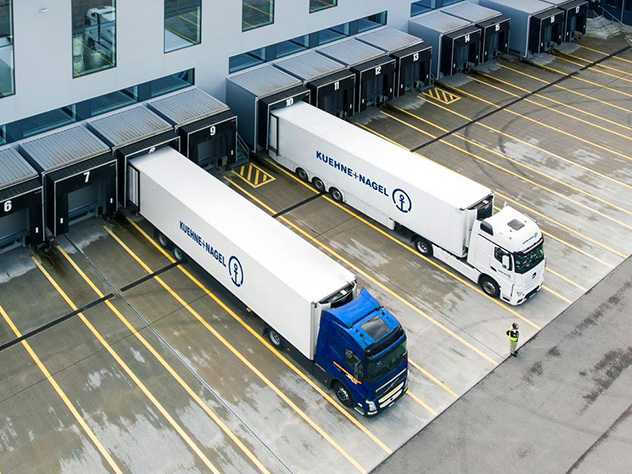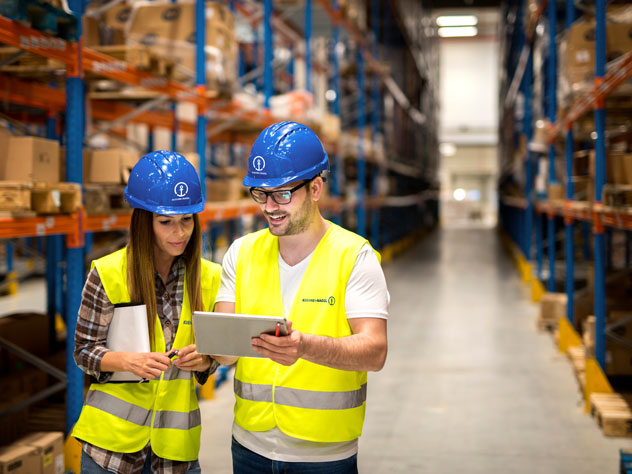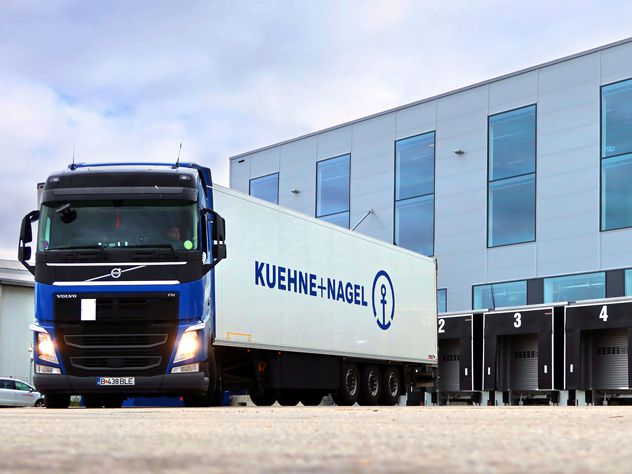
One of the compelling lessons of the first half of 2020 is the inescapable evidence that supply chain resilience trumps all. With 'business as unusual' suddenly the norm, supply chain managers more than ever need tools that deliver the visibility necessary for fast, informed decision-making, reliably and consistently.
That means both ensuring access to data you trust and knowing exactly what to do with it when you have it.
The challenge is that highly complex supply chains involving many parties continually deliver a torrent of data that need be integrated and analysed. In addition, crucial data may be late – sometimes too late – in arriving, or not arrive at all. Key information may have been collected but is held in different places and hard to pull together. Otherwise efficient stand-alone systems are often incapable of talking to each other due to lack of standardisation.
Making it all visible
Supply chain managers can’t be expected to make rapidly the informed decisions that are sometimes essential when they lack a comprehensive picture of all the data. In fact, according to a Kuehne + Nagel survey (July 2020) of our clients, almost 90% say getting end-to-end visibility across the supply chain is a major challenge. This puts operational control at significant risk.
So how do we go about improving visibility?
- First, develop a management capability that ensures all data is complete and accurate.
- Second, ensure the ability to add relevant shipment information throughout the journey.
- Third, aggregate data in order to obtain essential insights.
- Finally, deploy advanced data science in tandem with the right analytic talent to build models that support best-in-class decision-making - in both operational and strategic matters.
Mastering master data
However, all these elements, vital in themselves, are dependent upon one critical factor.
This is master data. Optimal supply chain performance is highly dependent on accurate and consistent basic information, relating to the goods themselves and sometimes their raw materials or component parts, including measures such as dimensions and weight. It also includes essential information about journey locations, including warehouses, distribution centres and retail outlets.
Also part of the master data mix is information on the wide range of parties involved, from suppliers, manufacturers and distributors to the final customer.
But establishing this essential data is only part of the job. It is not a one-off task, but an ongoing management task to ensure the information is up to date and accurate, and accessible whenever you need it. Staying on top of master data management is vital in itself, with more than 80% of supply chain managers identifying it as a key challenge.
The power of intervention
Even when the core data management system is in place, you need to continue collecting further information to ensure that goods remain on track throughout their journey toward the end-customer. This offers the ability to monitor and anticipate, as well as to intervene proactively.
Whenever an element of non-conformity arises - something that hasn’t been anticipated, such as booking cancellations, late deliveries, or missing or incomplete documentation - the issues can be identified and resolved immediately.
This is where risk information is essential - relating to issues such as process adherence, lane capacity and missing data itself, but also factors such as political, economic and social risks, and even the weather. The right intelligence at the right time enables supply chain managers to evaluate impacts and make informed decisions, for instance on whether to put goods on hold, opt for alternative routings, or change transport modes.
Here the 'Thousand Eyes Principle' can come into its own. Drivers who use community-driven GPS navigation apps to find the best route benefit from the value provided by the system’s users when they report incidents as they occur, making the information available to everyone using the platform.
The 4PL advantage
This is where fourth-party logistics providers - 4PLs - and their integrated approach can really deliver. A global network comprising a broad range of supply chain partners, each supplying regular and accurate reporting, is a valuable resource providing integrated and timely, actionable data.
The case for 4PLs has never been stronger than this year. With their focus on technological innovation, they can help clients manage and indeed embrace disruption. More than ever, supply chain managers benefit from the proven system architectures that 4PLs have built and developed together with clients and logistics service providers.
In addition, 4PLs can support clients’ shift toward flexible cost structures, for example by outsourcing a range of their non-core functions to specialists. This creates opportunity to improve return on investment, but it also adds complexity to the supply chain.
The digital control tower
Here 4PLs can help align the demand and supply sides of a client’s business. They can provide timely and effective communications between all collaborating partners; they can manage all of the data generated outside the organisation; and they can provide flexibility when disruptive events occur - a capability that has proven critical during the Covid-19 pandemic.
To manage a multi-tiered supply chain with multiple outsourced partners, they operate a control tower that collates data from the supplier to carriers to the end customer in a single platform. It uses artificial intelligence-supported applications to turn data into actionable information, and orchestrates complex logistics processes in a dynamic way.
However, a control tower is not just a data or software service, but collaboration involving people, processes and systems that adds sustainable value. The control tower manages the complexity of processes and delivers visibility, providing users only with information that is relevant, easy to understand and actionable in order to manage the operational workflow.
This offers a wide range of benefits. For example, many clients struggle to get the right products to the right destinations. The control tower can boost forecast capabilities at retail level to ensure the correct number of units is available when required, reducing both expedited freight volumes and inventory levels.
While customers could attempt to build their own digital control towers from the bottom up, it's a long process that could take years that the business can’t afford. A partnership with a 4PL not only offers a short cut to that capability, it gives supply chain managers direct access to secure cloud-based systems and puts clear, actionable data at their fingertips.
To find out more, please look at our Webinar on Building a Digital Control Tower

For a firm, developing its own control tower capability will require a great deal of technical and supply chain expertise, in addition to resources and management time. Research indicates that while a majority of supply chain leaders recognize advanced analytics as critical to their operations, keeping up to speed with the latest technologies is a major challenge.
Agile approach
A good 4PL will have at its core an actively managed information system. This will incorporate the latest technological solutions, which may be based on innovative developments such as the internet of things, blockchain and AI. It also strikes the right balance between in-house technology resources and those of specialist solution providers.
The ability to identify promising third-party innovations and to adopt and integrate them involves an agile approach that enables 4PLs to harness disruption for the benefit of clients.
This is combined with a 4PL’s human resources - intellectual capabilities and hands-on practical expertise to provide a deeper understanding of the supply chain and data-driven insights to be shared with clients. If that wasn't always obvious in the past, it's increasingly evident now.
Kuehne+Nagel Integrated Logistics: Orchestrating your success.








